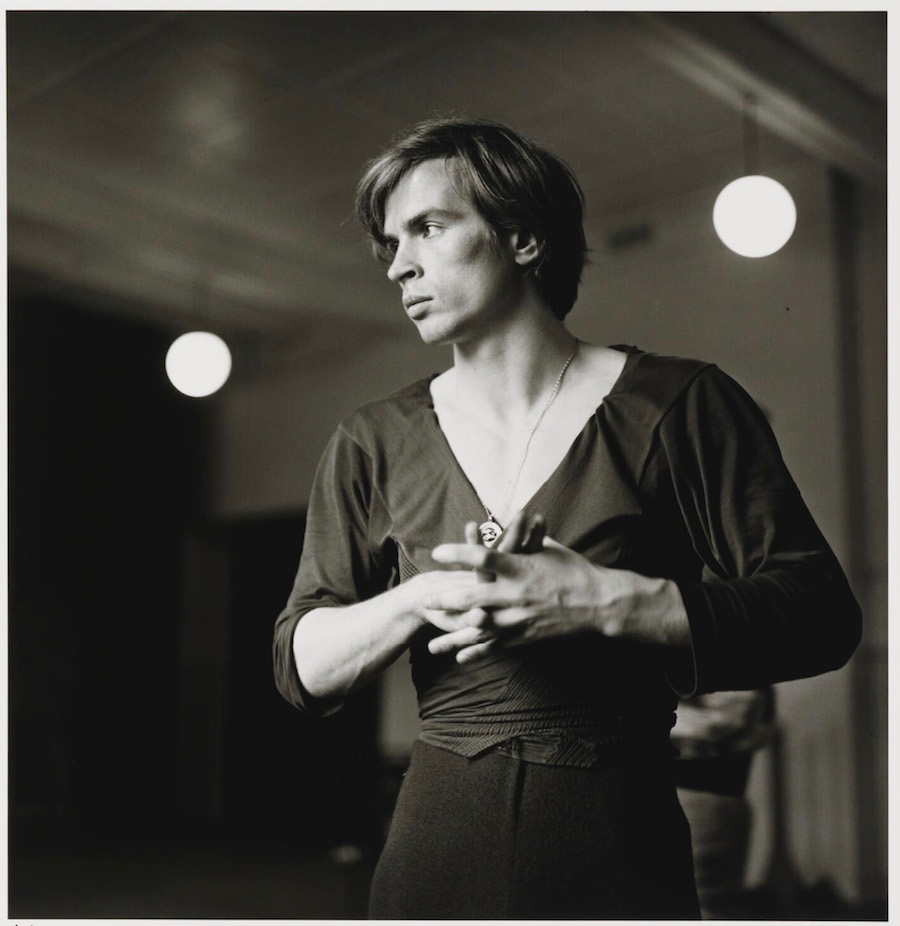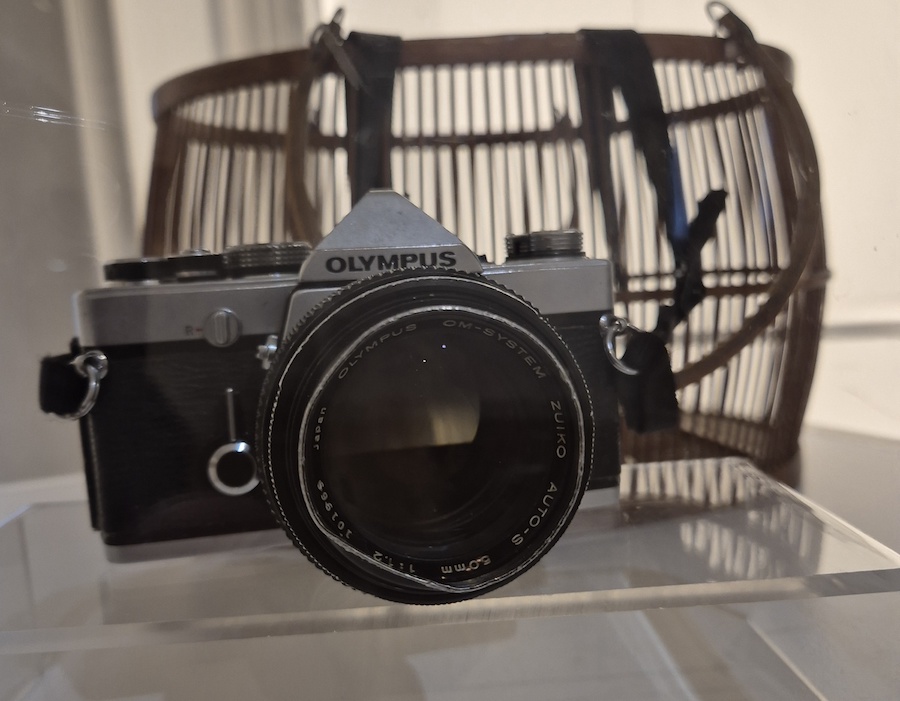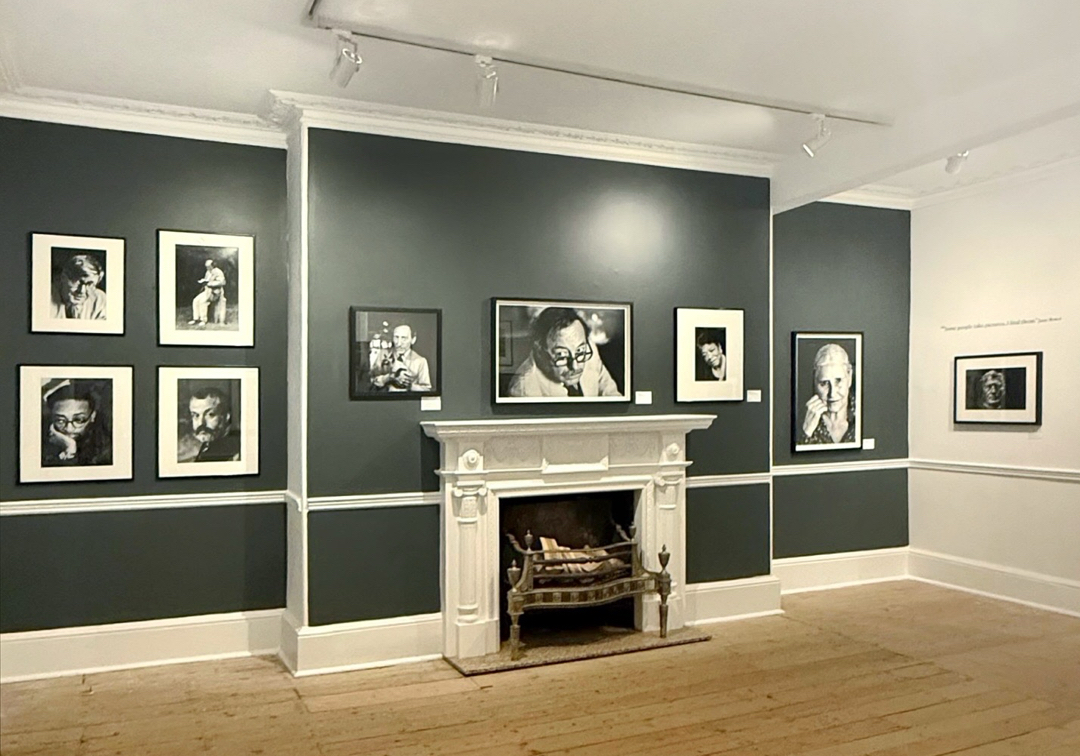Jane Bown liked to say that other photographers took pictures; she found them. Employed on the staff of the Sunday newspaper, The Observer, for nearly 60 years, she compiled a visual who’s-who of British cultural and social life in the second half of the 20th century. A rich selection from her archive is now on show at Newlands House in Petworth, Sussex, to mark the centenary of her birth in 1925.
A newspaper woman to her fingertips, Bown photographed her subjects as and where she found them: no studio poses, no artificial lighting, almost always in black-and white (The Observer didn’t publish in colour until 1964). Her skills were the photo-journalist’s craft – seeing the angle, catching the moment and the light, framing the shot. The resulting images are pure chiaroscuro art.
Her first sitter for The Observer was the patrician philosopher and pacifist Bertrand Russell in 1949. One of her last was Queen Elizabeth II, in 2006, photographed on her 80th birthday, a tribute from one octogenarian to another.

Inevitably, as a Fleet Street hack (modestly self-described), the focus of her practice was British. The Beatles are here, and Mick Jagger; Francis Bacon and Lucien Freud; Duncan Grant and David Hockney; Philip Larkin and John Betjeman; Vanessa Redgrave, Vivienne Westwood and Boy George. Still, she viewed the cultural world through a wide-angle lens. She photographed Jean Cocteau in Paris in 1950, Marcel Marceau in 1978, and Brassai in 1982. Hollywood stars in her viewfinder included Lauren Bacall and Robert Redford. She photographed internationally acclaimed poets, singers and dancers – Maya Angelou, Björk, and Nureyev.
Working with a battered Olympus camera and two lenses, carried in a repurposed shopping basket, she penetrated the defences of even notoriously photo-phobic subjects like Samuel Beckett and Henri Cartier-Bresson with a combination of unfussy professionalism and unobtrusive empathy. There’s a stillness in much of her work that makes it definitive, a summation.

While portraiture was her speciality, she also had an eye for social commentary. An image of Glyndebourne opera-goers captures the discreet insouciance of the upper crust at play: a dinner-jacketed gentleman with a picnic basket, and a satin-gowned partner waving her mantilla shawl. At the other end of the social scale, pictures of gypsy children in a caravan camp, and fag-smoking charwomen taking a break from their buckets and mops, bring hidden lives into plain sight.
A woman in a mostly male-dominated world, she didn’t do the macho war reporting that turned the likes of Don McCullin, Robert Capa, or even Lee Miller into household names. The closest things to action shots in this show capture a gaggle of trouser-rolled vicars paddling on the seashore, and a dapper chap in a boater playing croquet, mallet poised mid-air at the end of his stroke.
Robert Capa’s maxim that “if your pictures aren’t good enough, you’re not close enough” doesn’t quite fit Bown. However good her pictures and however close to her subjects, there’s often a sense of distancing, a line into intimacy not crossed. A 2014 documentary, screened as part of the show, shines some light on this. Filmed in collaboration with her son near the end of her life, it records a childhood brought up by aunts, one of whom she discovered at age 12 to be in reality her unmarried mother, nurse to her father, an elderly, invalid country gentleman who died when she was four. The discovery plunged her into an adolescence of traumatic alienation.
Bertholt Brecht developed the theatre of alienation, simultaneously connecting and separating audience and actors, to concentrate attention on content through emotional disengagement. It’s a technique that can be applied equally well to journalism. You can sense it in Bown’s photography.
Jane Bown, Play Shadow, Newlands House Gallery, Petworth, November 1 -February 15, 2026.
Visit Here

